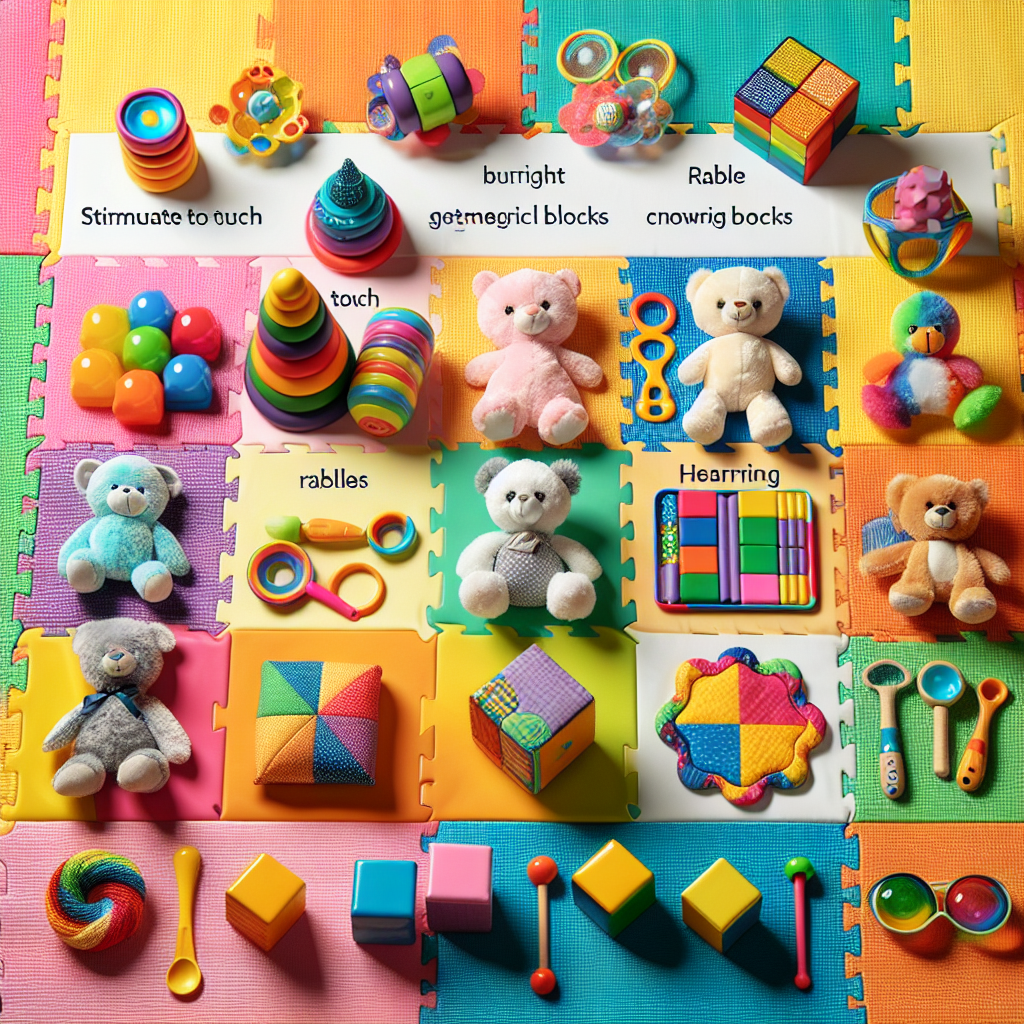Sensory processing is an essential aspect of how we interact with the world around us. It influences our behavior, learning, and overall well-being. Understanding sensory processing is crucial, particularly when it comes to managing behaviors in both children and adults. This article delves into the intricacies of sensory processing, its impact on behavior, and strategies to manage sensory sensitivities effectively.
The Science of Sensory Processing
Each of us receives a continuous stream of sensory information from our environment. Our brains process these inputs, allowing us to respond appropriately to our surroundings. Sensory processing refers to the way the nervous system receives messages from the senses and turns them into responses. For most people, this is an automatic process, but for some, sensory signals are either not detected or are over- or under-emphasized.
When sensory processing is not functioning typically, it can lead to challenges in performing everyday tasks. This can manifest in hypersensitivity to sensory input, where even the lightest touch or softest sound can be overwhelming. Conversely, hyposensitivity may occur, where there is a need for much stronger sensory input to feel comfortable.
Sensory processing issues can significantly affect behavior, often seen in children who may react in ways that are considered inappropriate for the situation. They might cover their ears in response to normal sounds or avoid certain textures that they find distressing. Understanding and managing these responses is vital for their learning and development.
The Link Between Sensory Processing and Behavior
Behavior is a complex interplay of biological, psychological, and environmental factors. Sensory processing disorders can lead to behaviors that are often misunderstood as being willful or naughty. For example, a child might have a tantrum in a busy store not out of defiance but because they are overwhelmed by the sensory input.
It’s not just children who are affected; adults can also experience sensory processing issues. These can lead to difficulties in the workplace or social situations, impacting mental health and quality of life.
Managing Sensory Sensitivities
Managing sensory sensitivities involves creating environments and routines that reduce the likelihood of sensory overload. It can also include therapies and activities that help individuals cope with sensory input more effectively.
One strategy is the use of sensory diets, which are personalized activities scheduled throughout the day to help individuals stay focused and organized. For more on this, you can read about the Role of Sensory Diets in Managing ADHD Symptoms.
Creating a Supportive Environment
A supportive sensory environment is crucial in behavior management. This may involve:
- Minimizing clutter and noise to reduce sensory overload.
- Using calming colors and lighting.
- Providing spaces where an individual can retreat to when feeling overwhelmed.
For those with sensory processing issues, simple adjustments in their environment can make a world of difference. For example, integrating Sensory Stimulation in Elderly Care can enhance the well-being of older adults by providing them with gentle and appropriate sensory input.
Sensory Integration Therapy
Sensory integration therapy is often used, especially for children, to help them process sensory input more effectively. This form of therapy may include activities that challenge the child’s ability to respond to sensory input, thereby improving their sensory processing skills.
Occupational therapists play a key role in delivering sensory integration therapy and can also support the development of sensory skills through specialized activities. More on this can be found in the article on Developing Sensory Skills Through Occupational Therapy.
Tools and Toys
Sensory tools such as weighted blankets, fidget spinners, or chewable jewelry can help individuals manage their sensory needs. Sensory toys are particularly beneficial in Exploring the Impact of Sensory Toys on Development, providing opportunities for children to engage their senses in a controlled and therapeutic manner.
External Resources for Further Understanding
To deepen your understanding of sensory processing and its role in behavior management, consider these external resources:
- Sensory Integration Education, a platform offering insights and courses on sensory integration.
- STAR Institute for Sensory Processing Disorder, which provides comprehensive information on sensory processing disorder.
- The American Occupational Therapy Association, which offers resources and supports research in occupational therapy, including sensory integration practices.
Conclusion
Sensory processing plays a fundamental role in our behavior and our ability to navigate the world around us. For those with sensory processing issues, understanding and managing their unique needs is essential for their personal development and well-being. Whether through environmental adjustments, therapy, or supportive tools, there are many strategies that can help individuals with sensory sensitivities lead more comfortable and fulfilling lives.
Remember, each individual’s sensory needs are as unique as they are, and what works for one person may not work for another. The key is to continue to learn and adapt strategies to support those with sensory processing challenges.



